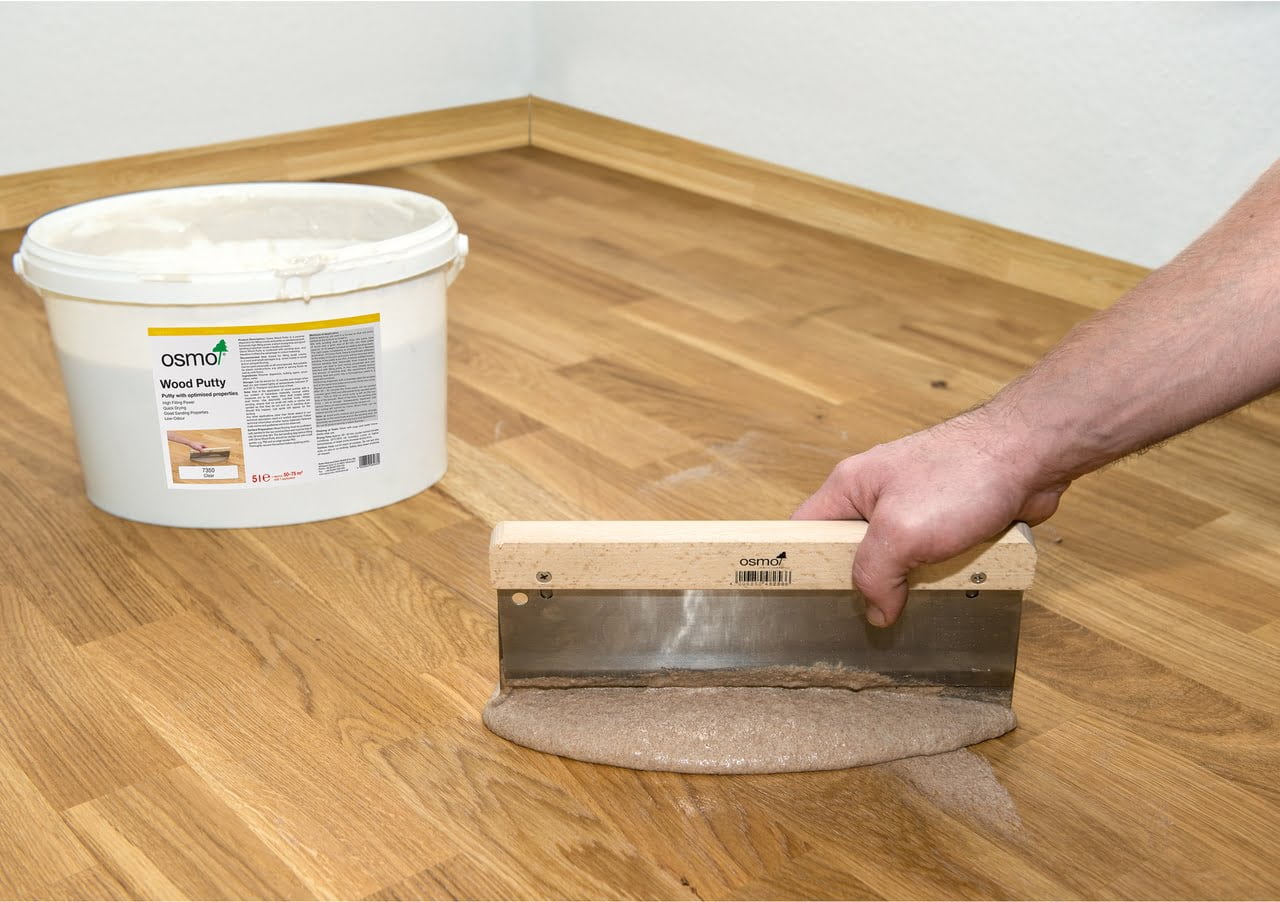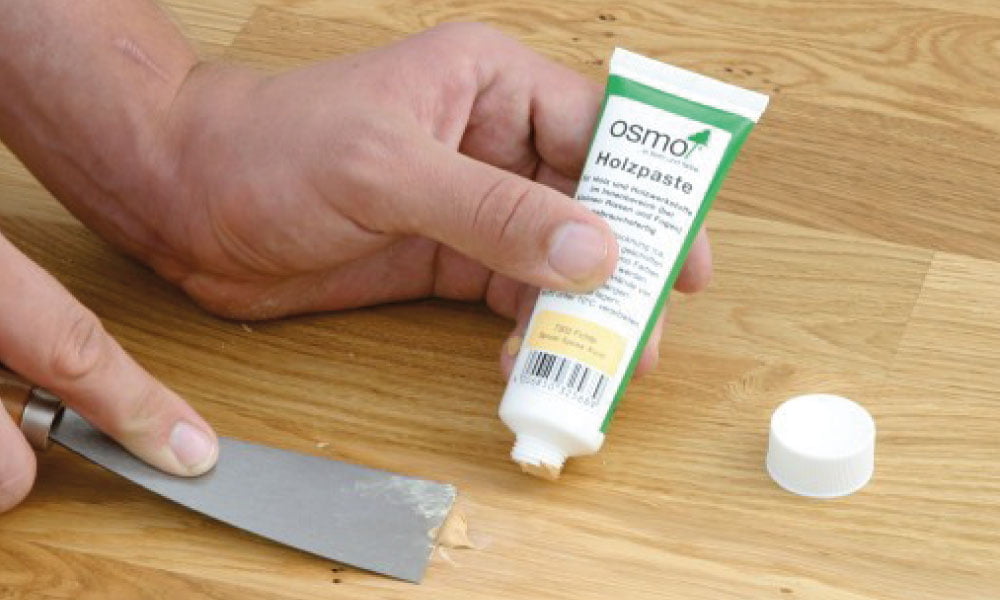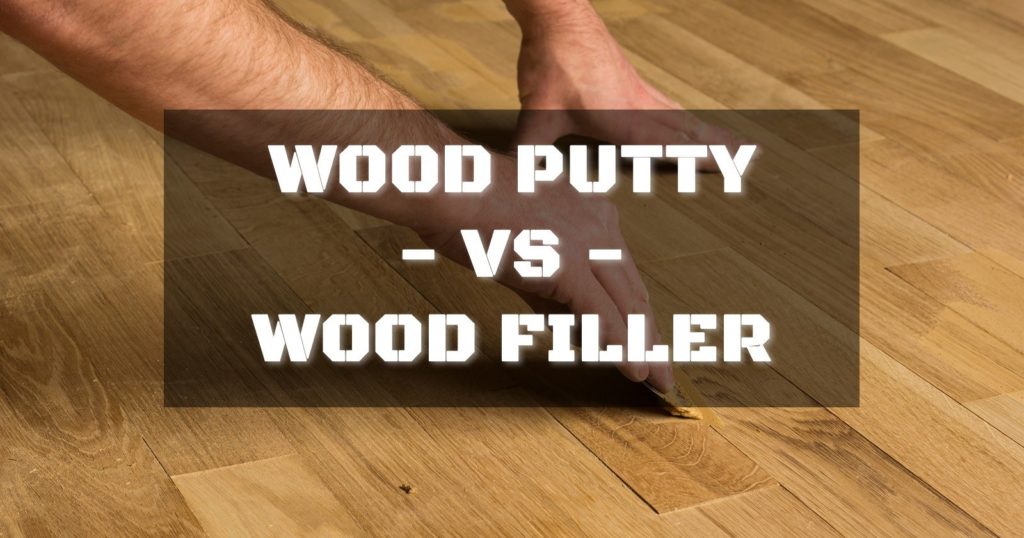Complete Guide On Wood Putty vs Wood Filler | Woodworking

Carpenters and woodworkers need to fill the holes in the furniture and other wooden items with a solution. Wood putty and wood fillers are the most used solution for fixing any inconsistencies in the wooden furniture.
As per the instruction and labels from manufacturers, it is difficult to distinguish a wood putty from wood filler. If you see the labels on these products, you will see the same ingredients in wood putty as well as a wood filler.
However, both products are different and are suitable in different situations. It is essential to know the difference between both these products to ensure that we use the right product for a project. Let us understand the clear line of distinction between wood putty and wood filler in this post.
Wood Putty


WoodPutty
The wood putty is the most common compound for wood fillings in most furniture workshops. Most seasoned woodworkers also refer to it as plastic wood. It is a fillet that carpenters use after varnishing or staining a piece of wood. Putty contains chemicals that are harmful if used directly on the raw wood.Although the ingredients may vary from manufacturer to manufacturer, most of them are oil-based compounds. The primary ingredients in wood putty are calcium carbonate, linseed oil, and a universal colorant.
Oil-based and Flexible
The wood putty products look like plumber’s putty as they are oil-based due to which they resist moisture very well. They may harden once used, but they never lose their flexibility. All such qualities make putty the most suitable product for exterior use. Even if the wood on windows or furniture expands or contracts, the putty does not crack when used on any piece of wood.As it is oil-based, homeowners should not paint over it with water-based paint. If you use wood putty over any wooden item, you should wait for some days to let it dry completely before painting. Putty comes in small packs as the main purpose is to patch tiny holes on wood furniture and windows.
Wood Filler


osmo_applying_holzpaste_base
Wood filler is similar to wood putty and serves the same purpose but made with different ingredients like epoxy, clay, lacquer, and polyurethane, which is a water-based product. Another type of wood filler is a drywall compound whose main ingredients are attapulgite and limestone. It is a better option to fill large cracks and holes in wood and comes in various types.The most common type of wood filler used by carpenters is the latex filler that mixes well with dyes. Latex filler is a great choice to seal large holes and cracks in the unfinished wood.There are advantages and disadvantages of wood putty as well as filler. Let us check out the pros and cons of both products.
Pros of wood putty
Cost-effective – Wood putty is a cost-effective option for homeowners as it lasts longer as compared to wood filler. Even if it dried in a packet or bottle, you could add a few drops of acetone for thinning the product and use it on any wood product.Suitable for exterior use – Wood putty is more resistant to the external elements and conditions like harsh sun and rain. Moreover, it does not shrink due to heat or moisture, which makes it the best product for outdoor use. Homeowners can use wood putty on external doors, windows, and furniture. Adhesive properties – The adhesive properties of wood putty makes it suitable for use without the need of a seal.
Cons of wood putty
Long dry time – Most of the types of wood putty takes a longer them for drying than wood fillers. Therefore, users need to paint or do any other work for some days until it dries up completely.
Pros of wood filler
Dries faster- Wood filler usually dries within a few minutes of its application. It may take 24 hours to dry up in any condition. Homeowners and woodworkers don’t need to wait more to paint or any other work on a wood filler application.Various types available- There are many types of wood fillers available, and users can choose from a wide range of types. Users can choose from various types like latex, epoxy, and polyurethane, and find the best suitable to their needs.Versatility – It is more versatile than putty as you can make various furniture and other items from the wood filler. It is suitable for interior furniture but offers limited finishes.
Cons of wood filler
No adhesive – Wood fillers don’t have adhesive properties like wood putty. Therefore they cannot be used without a seal. Users need to use the seal on the wood filler while finishing the work on an item.Not expandable – Wood fillers are not going to expand and will split when the wood expands and contracts instead. Therefore, for outdoor furniture or items that are exposed to the elements, it will not be suitable.Should you choose Wood Putty or Wood Filler?
Wood-Putty-vs-Wood-Filler
You should use wood putty whenever you need to patch small imperfections on a finished surface. Lacquer-based patching pencils are simply putty sticks, which are meant for minor repairs to finish the furniture. Putty is the go-to material for exterior repairs because it handles the component better than wood filler.Because it’s sandable, the only thing you should use is wood filler for patching unfinished wood inside. Choose a wood filler having cellulose as an ingredient if you intend to stain the wood because it will stain better than calcareous.Like wood putty, the wood filler does not contain adhesives, so if you coat it with paint or clear finish, it will not bind to the wood. It means you should use putty, even indoors, to patch finished surfaces. You don’t have to leave putty unfinished at all times. If the repair is quite small and you give the putty time to dry, you can cover it with polyurethane lacquer, varnish, or even water-based.
Final Words
Now, as you know about wood putty and wood filler, you can decide which product to use in your home. The landscapers Belmonte help people in and around Belmonte to use these products in their gardens. You can choose wood putty or filler as per your requirements and the type of application.
